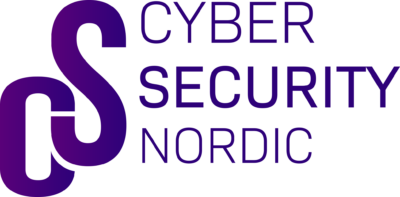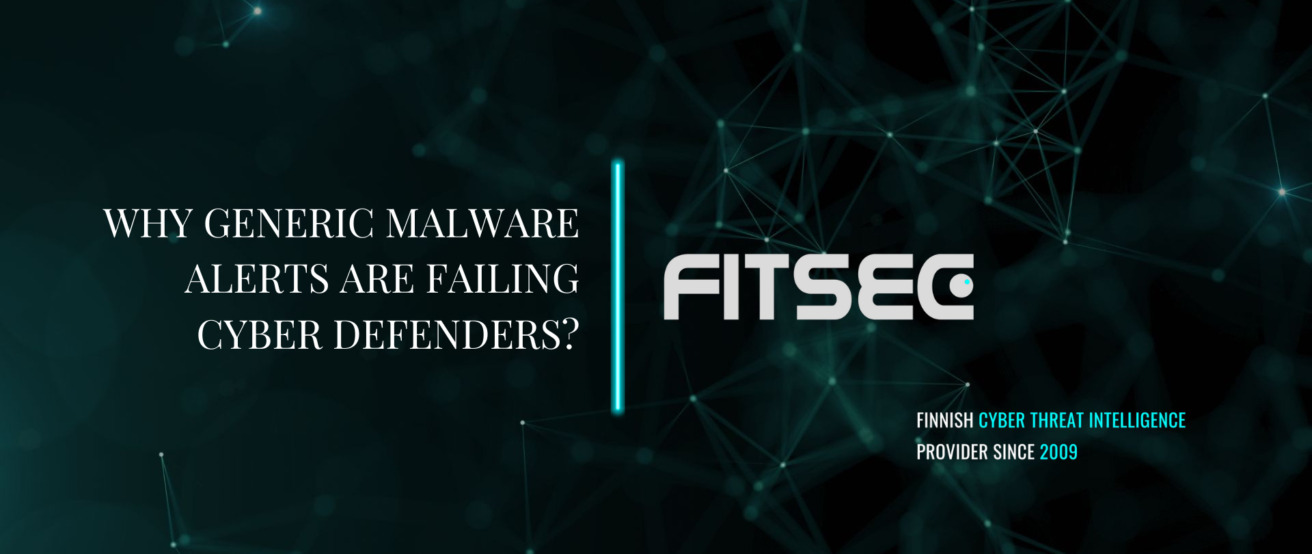WithSecure - Exposure management in action: Elevating cyber resilience in a digital world


The rapid acceleration of technological advancements coupled with the adoption of hybrid work models have contributed to an increased attack surface and more cyber risks. Correspondingly, cyber criminals are becoming increasingly opportunistic and sophisticated, automating tools and technologies to exploit vulnerabilities with unprecedented speed. This escalation in cyber-crime reminds organisations that no entity is invulnerable, and proactivity addressing the problems first demands visibility to those problems.
Attackers are adept at identifying and exploiting the most cost-effective methods of compromise, highlighting the critical need for organisations to implement asset identification and understand the security posture of their assets in relation to the whole estate.
Instead of asking “are we exposed?”, organisations should be asking “how exposed are we?”.

The current state of cyber security exposure
A cyber-attack could breach any part of a network, as a result, companies implement multiple security controls, tools and processes to protect their networks. Security efforts are frequently compartmentalised into discrete activities such as penetration testing, threat intelligence management, and vulnerability scanning. However, this segmented approach offers limited insight into the full spectrum of risks faced by an organisation.
This situation, compounded by a lack of comprehensive risk prioritisation, leaves organisations overwhelmed by their security challenges, with insufficient guidance on which issues to address first. To effectively gauge their exposure, organisations require a systematic and consistent strategy. This involves shifting their focus towards critical questions that consider the attacker's perspective and question their defensive measures and response plans in the event of an attack.
Understanding the viewpoint of an attacker is crucial for pinpointing vulnerabilities, thereby informing security teams where to apply security measures first and what additional security controls are necessary. Recognising vulnerabilities from an attacker's perspective enables organisations to proactively elevate their security posture. It's a fundamental principle - visibility is the predecessor to protection. Without seeing how an attacker can infiltrate the organisation, securing an organisation becomes a hypothetical task.
A comprehensive approach to security
The IT ecosystem of a contemporary organisation includes a broad array of assets, from identities and workstations to cloud services, each potentially a source of exposure through vulnerabilities and misconfigurations. These can be leveraged to compromise an organisation's operations and assets. The challenge is exacerbated in hybrid environments that blend cloud and on-premises assets without clear perimeters, significantly reducing visibility and control.
As organisations evolve, their attack surface invariably expands with the integration of new, interconnected assets, adding layers of complexity. This expansion is further complicated by the dynamic nature of the external threat landscape, which is continually transformed by emerging threats, including those powered by AI. Adding to this complexity is Shadow IT—unauthorised IT systems and solutions operating outside the purview of the central IT department. This not only increases business and compliance risks but also complicates the security management landscape.
The interconnectivity of assets, alongside advancing threats, poses a significant challenge for security administrators in effectively managing an organisation's security posture. Each vulnerability, if not addressed, can act as a conduit to further assets or data, creating potential pathways for attackers to exploit.
Attack paths and the dynamic threat landscape
Attack pathways that chain common vulnerabilities, leaked credentials, or misconfigured security settings to traverse the estate and gain access to organisational assets represent a significant threat. These pathways often remain hidden within the complex network ecosystem. Therefore, security teams often don’t have a comprehensive picture of the organisation’s exposure to potential threats, making them ill-prepared for blended attacks that could result in ransomware deployment.
Ultimately, lack of scope and understanding of prioritisation and risk, in line with high volumes of findings is leaving organisations with far too much to do regarding their exposure and little guidance on what to action first.
Hence, why organisations need an approach which addresses the issue of “how are we exposed”?
What is exposure management?
Exposure management acknowledges that an organisation cannot afford to safeguard every aspect of its operations. It prioritises the protection of critical areas, streamlining security efforts where they are most needed. With potentially thousands of vulnerabilities to address, the task for security teams is daunting, especially when automated systems can identify weaknesses quicker than they can be remedied.
Furthermore, organisations might initially bypass security measures for quick gains, only to face significant risks later. This strategic approach ensures resources are allocated efficiently, focusing on defending the most vulnerable and crucial segments of the organisation.
By reorienting their priorities, organisations can address three critical questions:
- What does my organisation look like from an attacker’s point of view?
- Which parts of my estate are most vulnerable to an attack?
- What is the impact if an attacker manages to compromise those attack paths?
The benefits of exposure management
Exposure management focuses on optimising security measures to better guard against threats. Its primary objective is to highlight and fortify an organisation's most vulnerable points as a matter of urgency. The process often starts with an assessment of the external security stance, which includes simulating potential attacker actions against the organisation.
One of the key benefits of this approach is the illumination of attack vectors that could be exploited, allowing companies to pre-emptively address weaknesses. By initially focusing on the most critical vulnerabilities, companies are able to buy time as they start or continue to lay a strong foundation for a comprehensive security strategy.
With the digital environment continuing to evolve rapidly and the variety and growth of cyber threats matching the pace of technological advancements, the importance of exposure management has never been more critical. It not only highlights the necessity of prioritising the protection of the most vulnerable assets but also underscores the need for a strategic, proactive approach to cyber security. Through continuous identification, assessment, and fortification of weak points, organisations can significantly enhance their resilience against cyber-attacks.
By Christine Bejerasco, CISO at WithSecure




